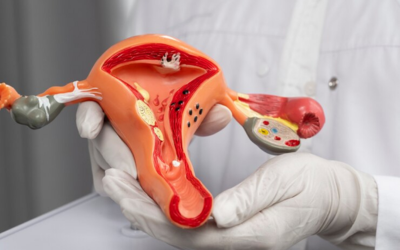Disclaimer: The content on this website is for informational purposes only and does not constitute medical advice. Please consult a qualified healthcare professional for diagnosis and treatment.
Initial Consultation & Testing
We begin with a detailed evaluation including medical history, blood tests, ultrasound scans, and semen analysis.

